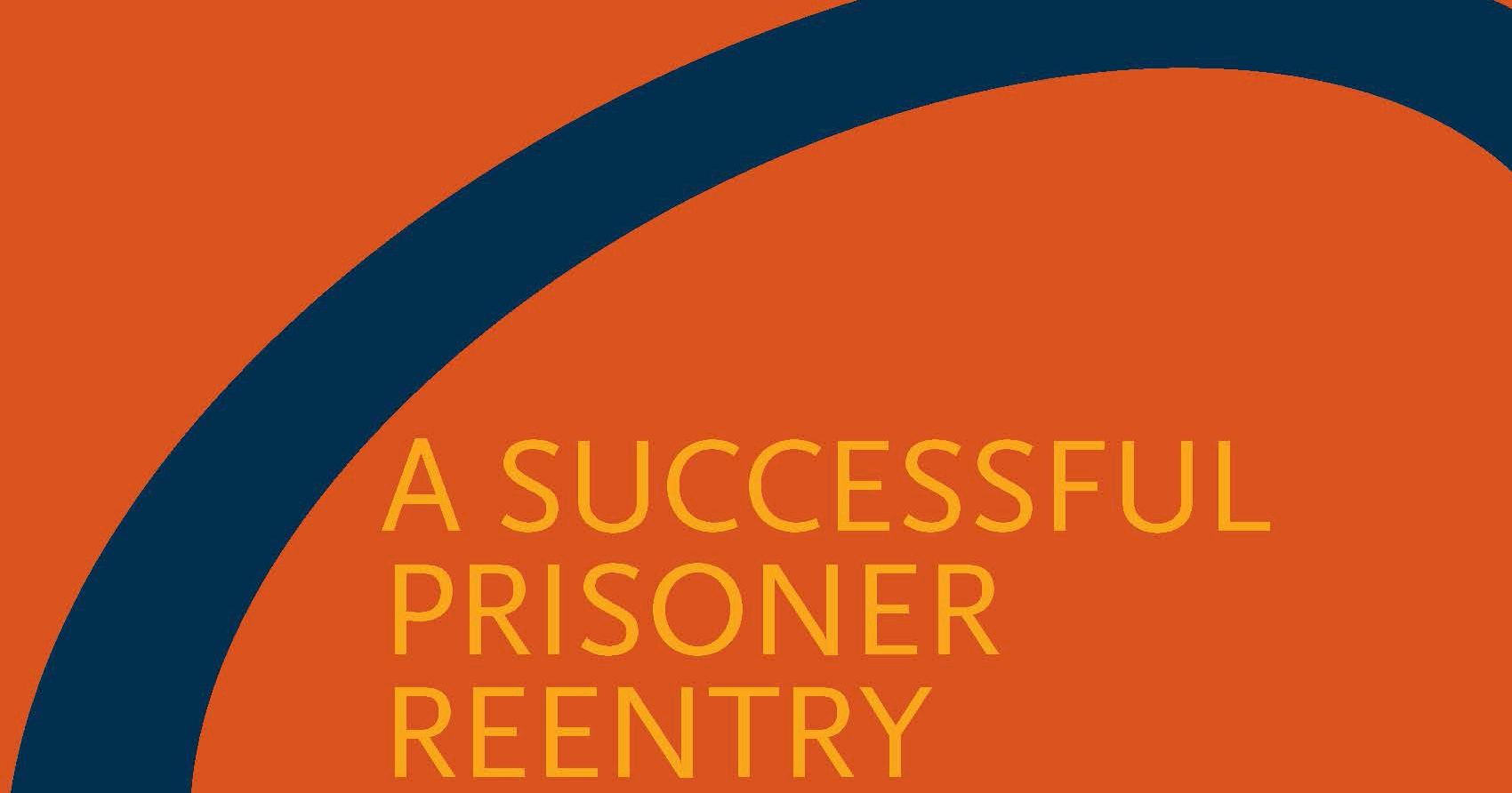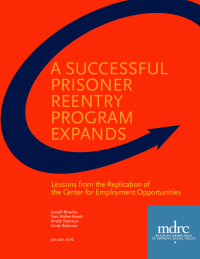A Successful Prisoner Reentry Program Expands
Lessons from the Replication of the Center for Employment Opportunities

This report presents results from a fidelity assessment and implementation analysis of five Center for Employment Opportunities (CEO) replication programs in New York, California, and Oklahoma. Between 2004 and 2010, MDRC conducted a rigorous random assignment evaluation of the original CEO program as part of the Enhanced Services for the Hard-to-Employ Demonstration and Evaluation funded by the U.S. Department of Health and Human Services. The evaluation found that CEO was effective at reducing recidivism rates — the rates at which participants committed new crimes or were reincarcerated — among important subgroups of its participant population. Based in part on these findings, the CEO program was selected by the Edna McConnell Clark Foundation in 2011 to be part of its Social Innovation Fund and receive funding and technical assistance to expand and replicate the model in various locations across the United States.
Based in New York City, CEO is one of the nation’s largest transitional jobs programs for former prisoners. The program offers participants temporary, paid jobs, along with employment counseling and other services, all aimed at making them more employable and preventing their return to prison. The current study describes how the model was replicated in other locations, assesses its implementation in various contexts, and reports on findings from a qualitative study of participants’ perceptions of and experiences in the CEO program. The findings presented in this report focus on the implementation of CEO’s core elements at the replication sites and provide a description of participants’ experience with the program. One additional goal of this study is to gain a deeper understanding of which aspects of the CEO model may have contributed to the reductions in recidivism found in the initial evaluation of the New York City program.
This report’s findings include the following:
- Overall, the replication programs operated with high fidelity to the original program model.
- Participants in replication programs engaged in CEO activities at similar rates as did participants in New York City, although replication programs did a better job of moving participants through the model’s early stages and into working with the staff to obtain unsubsidized employment.
- Participants said that the program’s most essential and distinctive elements were its structure and the support of its staff members.
- While CEO work crews offered some opportunities for skills training, they functioned primarily as jobs, with the habits and competencies that make for a good employee emphasized through the routine of reporting for work each day, cooperating with colleagues, and following supervisors’ directions.







